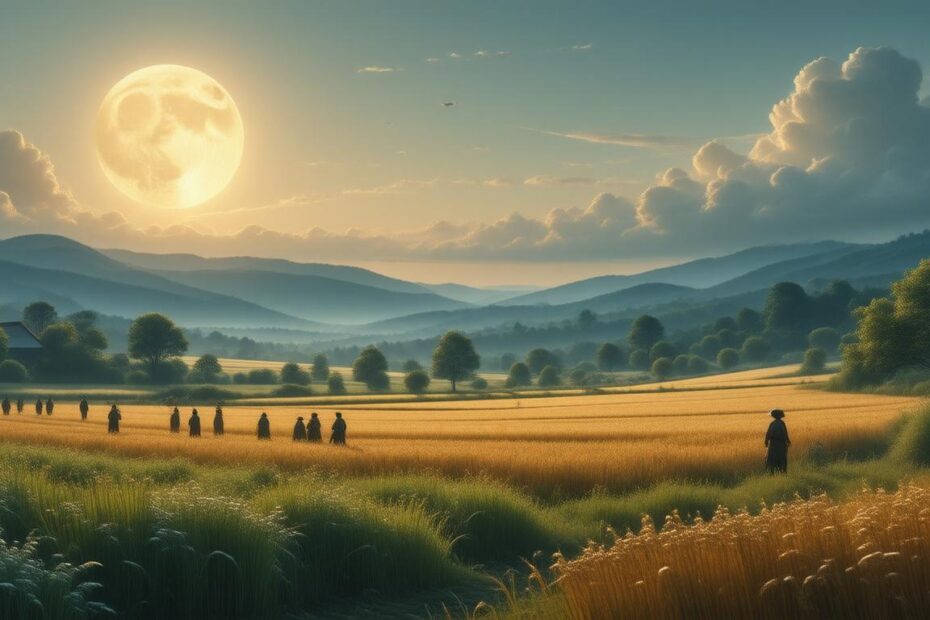🌟 Daily Awakening Quiz 🌟
The Harvest Moon is a phenomenon that resonates deeply within cultures around the world, marking a significant seasonal transition. In 2025, this celestial event will occur on October 6, adding a layer of meaning to the changing autumn landscape. Understanding the significance of the Harvest Moon aids in appreciating its role in agricultural traditions, cultural festivals, and its striking visual presence in the night sky.
What is the Harvest Moon?
The Harvest Moon is defined as the full moon that occurs closest to the autumnal equinox, which typically takes place between September 21 and 23. In 2025, the full moon aligns with this equinox on October 6 at 11:47 PM EDT. Notably, the Harvest Moon is unique because it rises around the same time for several days in succession. This is different from most full moons, which generally rise about 50 minutes later each day.
Why is it Called the Harvest Moon?
The moniker "Harvest Moon" reflects its historical role in agricultural practices. Traditionally, the added brightness of the full moon illuminated fields in the early evenings, allowing farmers to extend their harvest time. For many cultures, the Harvest Moon indicated the end of summer crops and the start of autumn harvest celebrations. This significant association has led to numerous harvest-related festivals, particularly in regions heavily influenced by agricultural cycles.
The Science Behind the Moon’s Appearance
The phenomenon responsible for the Harvest Moon’s unusual rise times stems from the Moon’s path across the sky relative to the horizon at different times of the year. In September, the moon makes a shallow angle with the eastern horizon, allowing it to rise only a short time after sunset, which provides prolonged evening light. The gradual changes in moonrise times during this period can be particularly noticeable, adding to the illusion of multiple full moons.
This optical effect can lead observers to perceive the Harvest Moon as larger or brighter than other full moons. However, this is largely an illusion created by its proximity to the horizon, enhancing its visual impact due to atmospheric scattering of light, which often gives it a warm orange hue when it first rises.
Cultural Significance and Celebrations
Across the globe, the Harvest Moon is celebrated through various festivals and traditions. For instance, the Mid-Autumn Festival, celebrated in many Asian countries, coincides with the Harvest Moon and is a time dedicated to family reunions and thanksgiving. Traditional activities include mooncake sharing, lantern displays, and cultural performances.
In North America, similar festivities might include farmers’ markets, craft fairs, and music events, celebrating the bounty of the harvest while enjoying the beauty of the night sky. The Harvest Moon has also inspired many artistic expressions, from Neil Young’s evocative song "Harvest Moon" to various films and literary works that capture its essence.
Observing the Harvest Moon
To fully appreciate the Harvest Moon in 2025, look to the eastern horizon shortly after sunset. Depending on your geographical location, the moon will rise at approximately the same time each evening for several days surrounding the full moon date. Observers in northern latitudes may experience even less delay, prompting extraordinary opportunities for nighttime photography or simply enjoying the view.
Ultimately, whether you are looking to explore its scientific significance, engage with cultural traditions, or simply revel in its beauty, the Harvest Moon offers a chance to reflect on the cycles of nature and their profound influence on human life.
As we approach October 6, set your gaze to the sky to experience this enchanting cosmic event, celebrating both the end of the harvest season and the onset of autumn’s rich tapestry.

